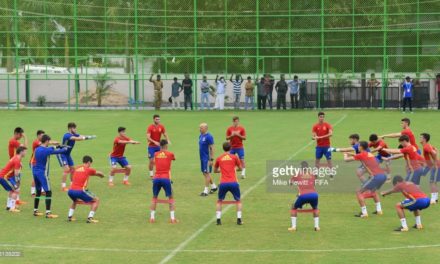Isometric stretching is a form of static stretching that involves the resistance of muscle groups through the tensing of the stretched muscles. It is very demanding and should not be performed more than once a day. It is more effective than passive or active stretching and is a fast way to develop static or passive flexibility. The most common ways to provide the needed resistance for an isometric stretch are to apply resistance manually to one’s limbs, to have a partner apply the resistance or to use a wall for resistance. The process of isometric stretching is to first assume the position for the static stretch. Next, the muscle being stretched should be tensed for 10-15 seconds, resisting against some force such as a partner or the wall. The last step is to relax the muscle for at least 20 seconds and then repeat. An example of an isometric stretch is to have a partner hold your leg up while you try to force your leg back to the ground.
Isometric Stretching






